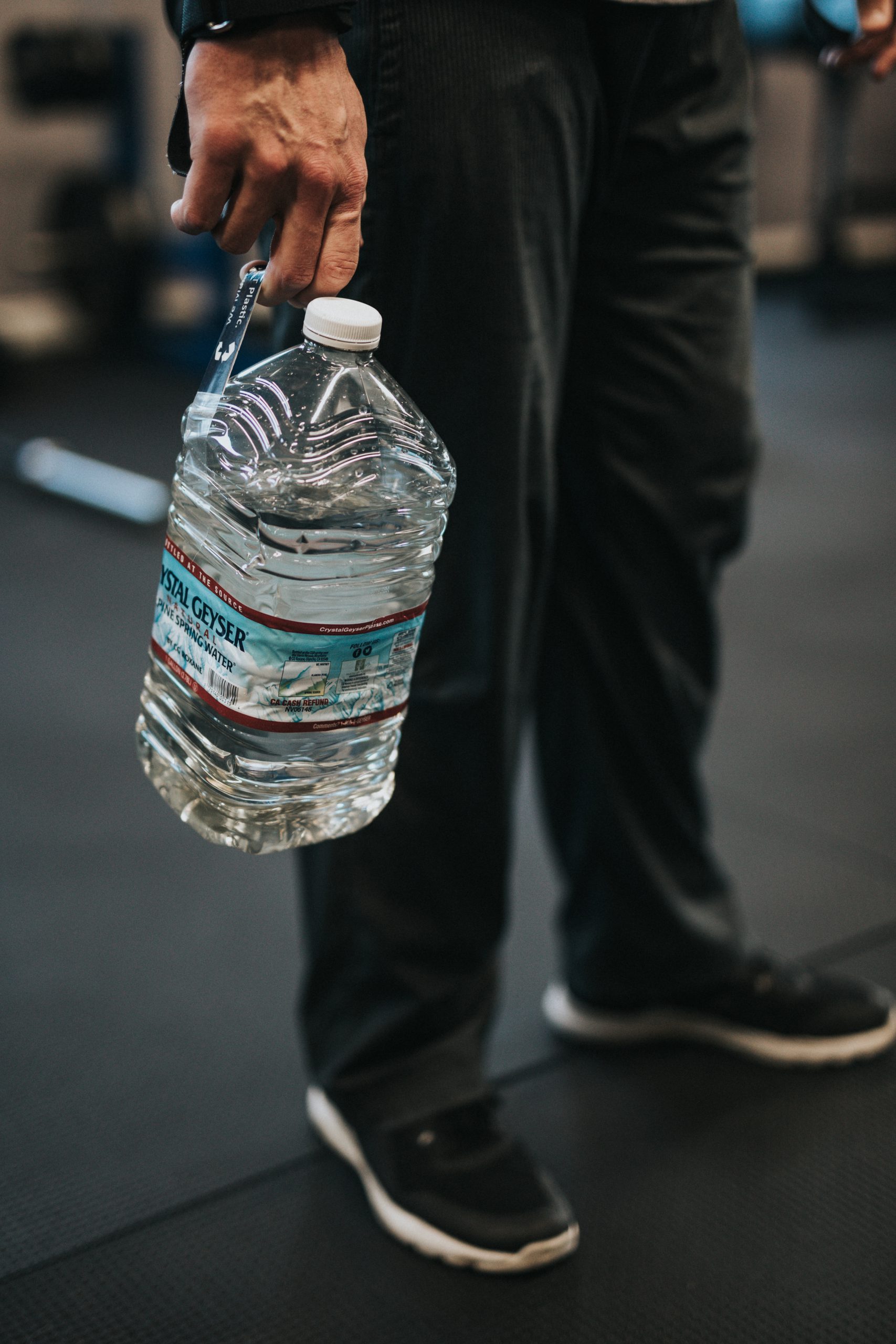Environmental bodies have measured that over 300 million tons of plastic are produced every year, half of which are single-use plastics. This may come as no surprise, but it is nonetheless alarming. The problem has become a global crisis that has made its way into the deepest of our oceans and our highest mountaintops.
That being said, plastic is ravaging more than just the environment we live in. It is particularly harmful to our health, leading to all manner of deadly diseases. To give you a better sense of the level of urgency the situation calls for, as well as the possible solutions that you might contribute to, we’ve compiled some helpful information on what you need to know:
Plastic is also a ubiquitous health risk
What most don’t know is that the plastic we use in daily life is not only bad for the environment but can have adverse effects on your health. Lexan or plastic #7 bottles have been shown to contain trace amounts of Bisphenol A (BPA). That means the majority of the plastic bottles (even baby milk bottles) we use can pose a threat to our bodies.
BPA is a toxic chemical that can affect the body in a myriad of ways. It can disrupt the reproductive, immune, and nervous systems. It can increase the likelihood of dementia, Alzheimer’s, childhood asthma, metabolic diseases, type 2 diabetes, and heart disease. It is carcinogenic and can interfere with fetal development in pregnant women. It can also increase fat cell production, resulting in obesity.
While many of the bottles we use contain trace amounts, plastic is so frequently and regularly used that our intake of BPA might become dangerously high. As of now, there is no determining the extent to which BPA has already affected the population.
BPA is not just found in plastic bottles, it has been found in household electronics, canned foods, eyeglass lenses, and CDs and DVDs.
Alternatives and solutions
Reusable alternatives can not only greatly help the environment by reducing the sheer amount of waste we produce, but it can also reduce the BPA we end up consuming. Many health experts recommend switching to borosilicate glass containers, as these do not contain BPA, lead, and other toxic substances.
Borosilicate glass is non-reactive to most substances, immune to corrosion, and doesn’t leach any contaminants.
Another solution is to avoid pre-packaged food. Going to your local farmer’s market or butcher can not only reduce your plastic usage and BPA consumption, but it also gives you access to fresher and healthier food.
In the event that the use of plastic is unavoidable, try to use plastics that are BPA-free.
BPA-free doesn’t necessarily mean healthier
Some manufacturers may have removed BPA from their products, but many of them still use BPA replacements that are actually far worse than BPA. One substance often used to replace BPA is Bisphenol S (BPS). BPS has all the same harmful effects on the body, but now includes adverse effects on the body’s hormone production—in particular, the thyroid.
If you cannot be sure what materials a plastic product is made of, it might be better to avoid it entirely.
Conclusion
We have a long way to go towards managing our plastic waste, but with a concerted effort from enough people and the cooperation of the worst waste-producing companies, we can not only reduce plastic waste but perhaps eliminate it entirely one day.
For more information on BPA and other health concerns, we at Dose of Healthcare have all the resources you need for a better and healthier life!


















